A clamp meter is used to measure the flow of electricity through a circuit without touching the wires directly. People who work on electrical systems often use clamp meters. A clamp meter measures current by clamping its jaws around a wire. Many clamp meters have parts that can also measure voltage and resistance. A clamp meter is the most accurate way to figure out how many amps are in a circuit.
Clamp meters can be used to measure the flow of electricity through a conductor without having to touch the conductor. This makes it ideal for measuring amps in tight or hard-to-reach places.
When using a clamp meter, it is essential to position the jaws around the wire so that the current flow is not interrupted. The most typical method is to wrap the meter's jaws around the conductor near one of its ends.
Some clamp meters can measure both AC and DC current, as well as voltage and resistance. Some models may include a led display, a data hold function, and auto power off.
How to Measure Current with a Clamp Meter?
It is important to know how to measure current, especially if you are working with electrical circuits. You can use a clamp meter to measure current. This type of meter uses a clamp to attach to a conductor, allowing you to take measurements without having to make direct contact with the live wire.
- Make sure that the power is ONbefore you begin. It is also a good idea to wear rubber gloves and safety glasses when working with electricity.
- Open the jaws of the clamp meter and position them around the wirethat you wish to measure. The jaws should be as close together as possible without touching the wire.
- Close the jaws of the clamp meter until they are tight against the wire.
- Set the meter to the "Current" function.
- Take the measurement. The reading on the display will indicate the current flowing through the conductor.
- Open the jaws of the clamp meter and remove it from the wire.
Steps to Measure Amps with a Clamp Meter
Using a clamp meter is the safest and most effective way to measure amperage. This method uses an electromagnetic field to sense the current flowing through a conductor, without coming into contact with the live wire. Clamp meters are available in a variety of sizes and styles, so it's important to choose one that is appropriate for the job at hand.
- Choose the right clamp meter. Select a clamp meter based on the amperage range you need to measure. Most clamp meters have a maximum reading of 400 amps, but some can measure up to 600 amps.
- Connect the jaws of the clamp around the conductor. Make sure that the jaws of the clamp are fully closed around the conductor before taking a reading.
- Take a reading. The display on the clamp meter will show the amperage flowing through the conductor.
- Repeat as necessary. If you need to take multiple readings, be sure to allow the jaws of the clamp meter to cool between readings to avoid damaging the instrument.
- Disconnect the clamp meter. Once you have finished taking readings, be sure to disconnect the jaws of the clamp meter from the conductor before moving on to another task.
Frequently Asked Questions:
How precise are clamp-on amp meters?
Accuracy is important when working with electricity because even a small mistake can be dangerous. Clamp-on amp meters are a type of tool that electricians use to measure the current flowing through a conductor, and they need to be as accurate as possible.
There are a few factors that can affect the accuracy of clamp-on amp meters.
- One is the size of the conductor being measured. The larger the conductor, the more accurate the reading will be.
- Another factor is the frequency of the current. Higher frequencies are more difficult to measure accurately than lower frequencies.
- Finally, the environment where the measurement is being taken can also affect accuracy. If there is a lot of electrical noise present, it can make it more difficult to get an accurate reading.
Despite these potential sources of error, clamp-on amp meters are generally quite accurate. When used properly, Essential tool for electricians and other professionals who work with electricity.
Is a clamp meter better than a multimeter?
When looking for a new multimeter, many people ask themselves this question. Both types of devices have advantages and disadvantages, so it depends on your requirements.
Multimeters are useful for a variety of applications. They are capable of measuring voltage, current, and resistance. Clamp meters are specifically designed for measuring current. They can also measure voltage and resistance, but they are better at measuring current because they can clamp onto a wire and measure the current flowing through it without disrupting the circuit.
So, if you require a multimeter for everything, a multimeter is generally the superior option. However, if you only need to measure current, a clamp meter is the superior option.

Can a clamp meter measure DC amps?
Yes, clamp meters are capable of measuring DC amps, To do this, the clamp meter must have a DC current measurement function. This is because most clamp meters are only designed to measure alternating current (AC).
To measure DC amps with a clamp meter, first, ensure that the clamp's jaws are wrapped around the wire through which the current is flowing. Select the appropriate measurement range for the expected amount of current on the clamp meter. Finally, take note of the display reading.
Conclusion:
A clamp meter is the most appropriate tool for measuring amps. Clamp meters are easy to use and provide accurate readings of current flowing through a conductor. Choose a clamp meter that is appropriate for the job at hand and has the features you require.
Always pay attention to safety and follow the manufacturer's instructions when using a clamp meter. With a little practice, you'll be measuring amps like a pro in no time.

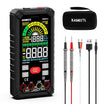
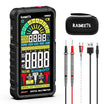
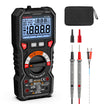
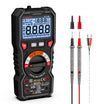

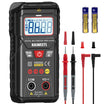
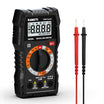
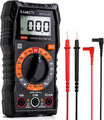
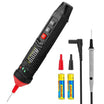
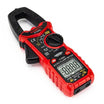
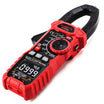
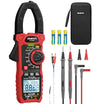
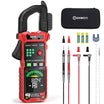

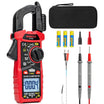

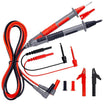
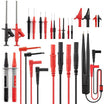

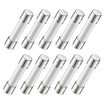
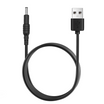
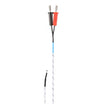
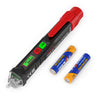
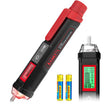


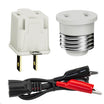
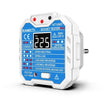
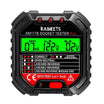
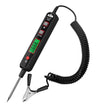
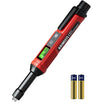

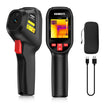
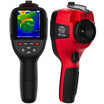
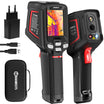
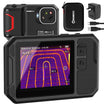
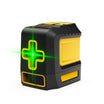
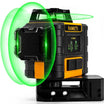


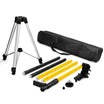
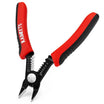
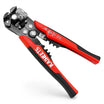
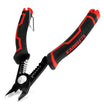
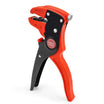
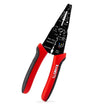

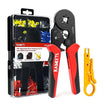



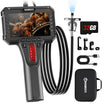
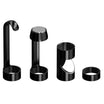
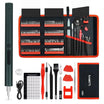
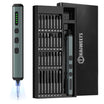


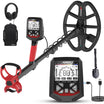
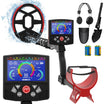
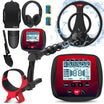

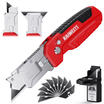
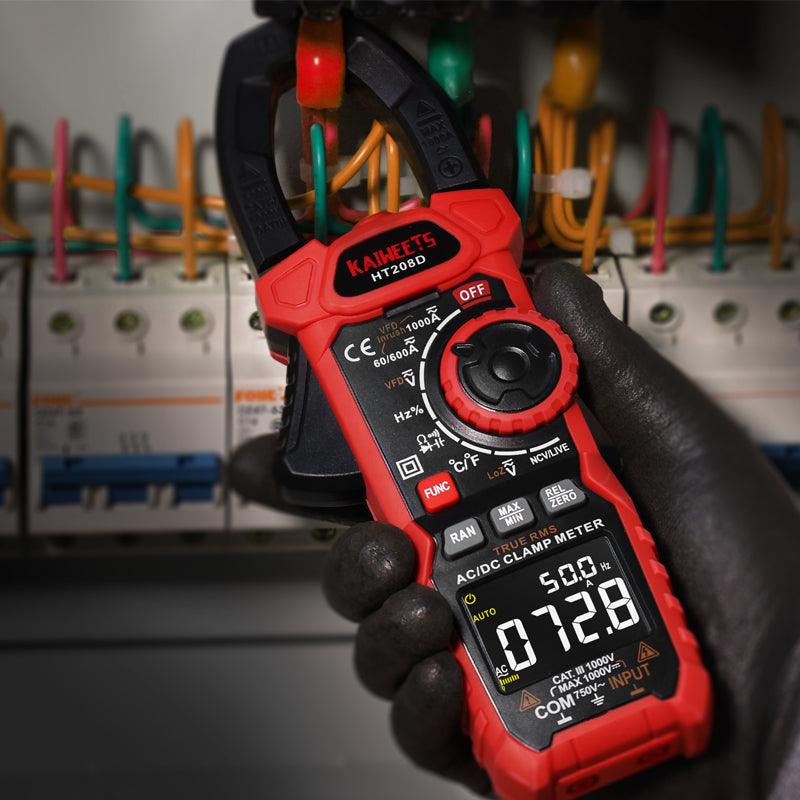

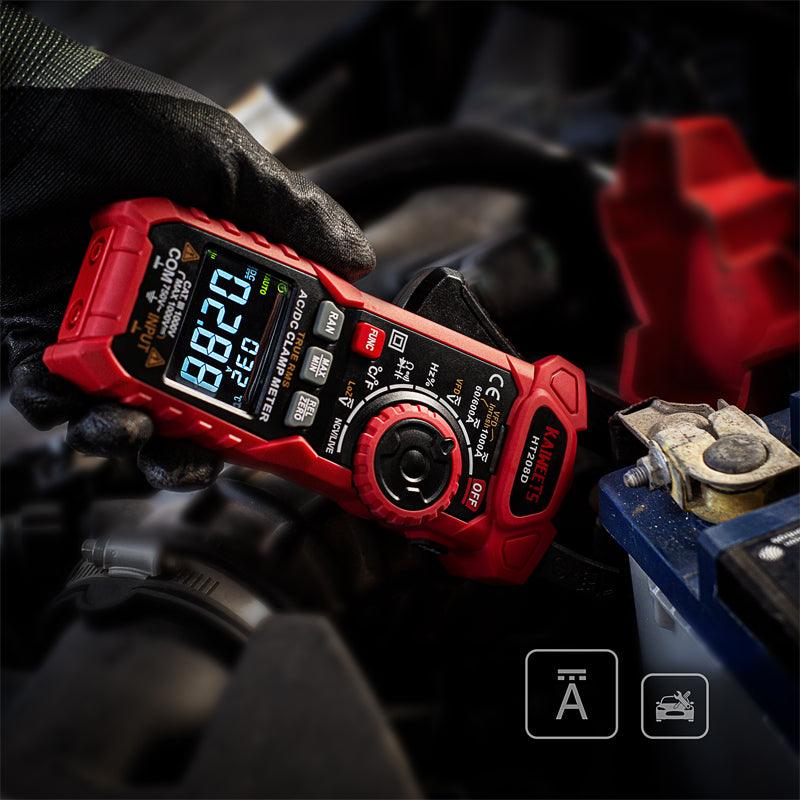
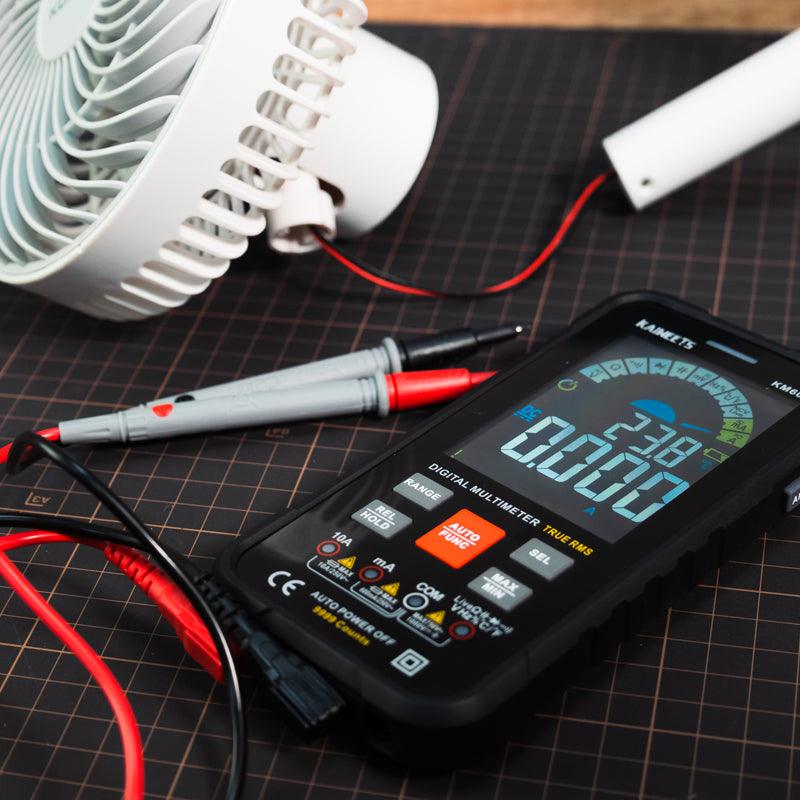
Leave a comment
All comments are moderated before being published.
This site is protected by hCaptcha and the hCaptcha Privacy Policy and Terms of Service apply.